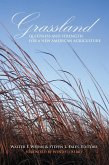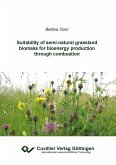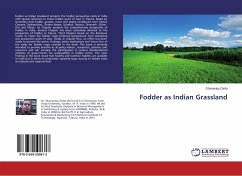Grasslands (also called greenswards) are areas where the vegetation is dominated by grasses (Poaceae) and other herbaceous (non-woody) plants (forbs). However, sedge (Cyperaceae) and rush (Juncaceae) families can also be found. Grasslands occur naturally on all continents except Antarctica. In temperate latitudes, such as northwest Europe, grasslands are dominated by perennial species, where as in warmer climates annual species form a greater component of the vegetation. Grasslands are found in most terrestrial climates. Grassland vegetation can vary in height from very short, as in chalk downland where the vegetation may be less than 30 cm (12 in) high, to quite tall, as in the case of North American tallgrass prairie, South American grasslands and African savanna. Woody plants, shrubs or trees, may occur on some grasslands - forming savannas, scrubby grassland or semi-wooded grassland, such as the African savannas or the Iberian dehesa. Such grasslands are sometimes referred toas wood-pasture or woodland. Grasslands cover nearly fifty percent of the land surface of the continent of Africa.








